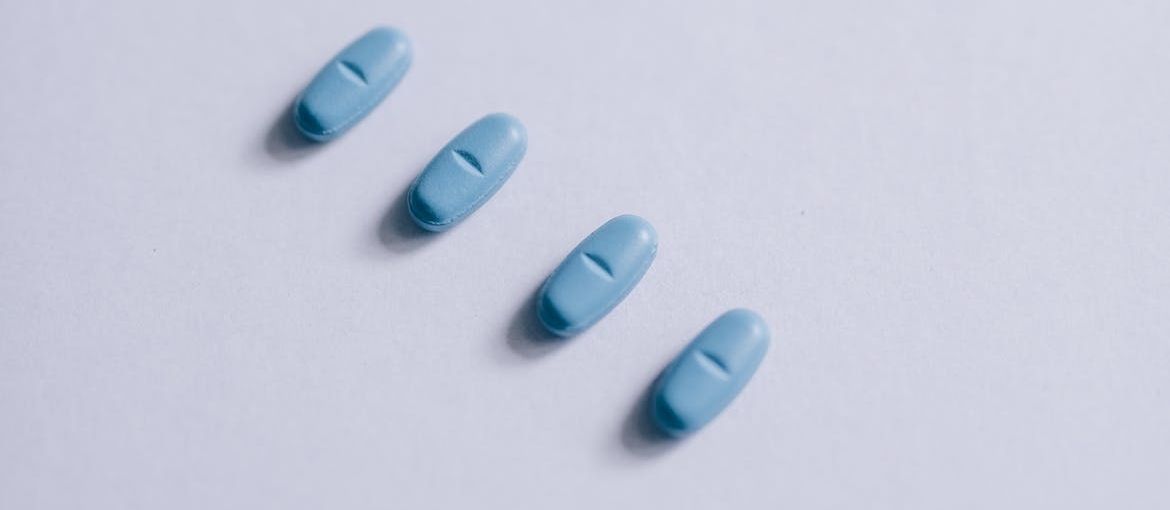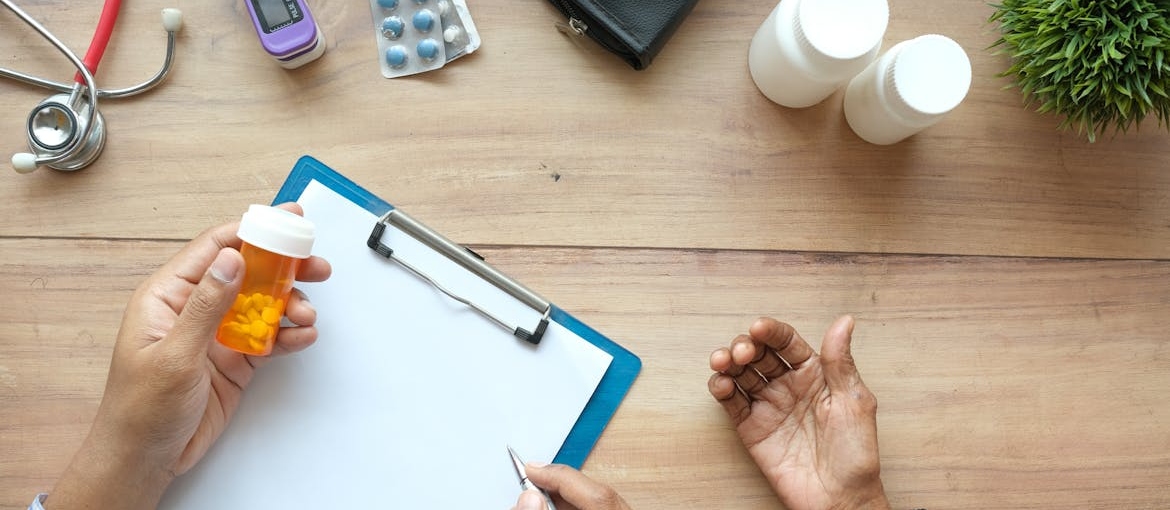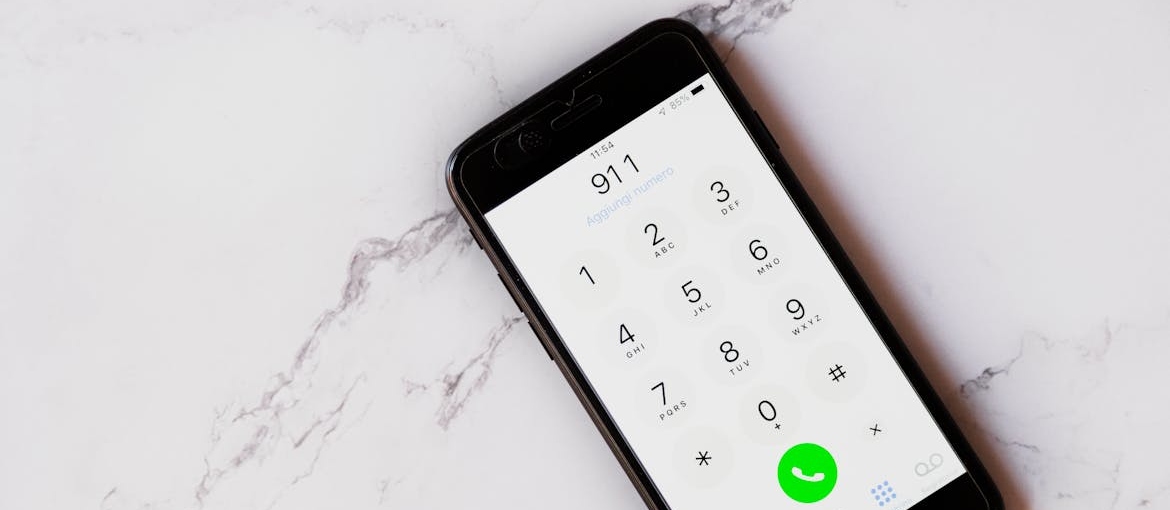You may have heard the term “blues” and wondered what it means. These pills often look like real medication, but many are fake and made with deadly drugs like fentanyl. They’re easy to find and often sold on social media, which makes the risk even higher—especially for teens and young adults. If you’re asking what are blues drugs, you’re not alone. People across the country are facing this danger. Overdose cases are rising fast, and many don’t realize how strong or risky these pills are until it’s too late. If you or someone you care about is struggling, help is available. Many rehabs in WV and across the U.S. offer safe ways to get better. Learning the truth about blues drugs is the first step toward staying safe or helping someone you love.
Understanding What Are Blues Drugs
Blues drugs are fake pills that look like real medication. They often copy oxycodone or Xanax but are made with fentanyl. If you’re wondering what are blues drugs, they’re usually small blue tablets marked “M30.” Dealers sell them online or on the street, and users often don’t realize they’re taking something deadly. These pills are cheap, easy to find, and very addictive.

People may start using them for pain or stress but quickly lose control. Asking what drug is called blues means you’re ready to learn more—and that matters. If someone you love is hooked on these pills, they need real help. Centers like opiate rehab West Virginia has offer detox and therapy for people struggling with this exact issue. Early treatment can stop things from getting worse fast.
What Makes Blues Drugs So Dangerous
Blues pills may look like regular medication, but they’re often packed with fentanyl. That’s what makes them so dangerous. Fentanyl is up to 100 times stronger than morphine. Just a small amount can stop someone’s breathing. Many people don’t know these pills are fake until it’s too late. Friends and family often don’t find out until there’s been an overdose.
If you’ve heard the term fentanyl dangers, this is what it means—fast, deadly effects with little warning. Some people think they’re taking one thing, but they’re really taking fentanyl. That risk is everywhere now, even in pills bought from someone you know. This isn’t about one bad decision. It’s about drugs made to look safe but built to kill. The only way to stay safe is to stop using them.
How Blues Drugs Affect the Body and Brain
Blues pills may seem harmless at first, but they affect the body in serious ways. Many people don’t notice the damage until it’s already taken a toll:
- Slowed breathing: Fentanyl in blues pills can cause breathing to stop suddenly.
- Severe drowsiness: Users may nod off or seem extremely tired all the time.
- Confusion or memory loss: The brain doesn’t work the same when these pills are in your system.
- Mood swings or depression: Emotional ups and downs are common after regular use.
- Seizures or heart problems: High doses or fake pills increase the risk of medical emergencies.
- Withdrawal symptoms: If someone stops using blues drugs suddenly, they may shake, sweat, or get sick.

Signs Someone Is Using Blues Drugs
It’s not always easy to tell if someone is using blues drugs, but the signs are there. They might seem sleepy all the time or disappear for hours without reason. You may notice small blue pills around, or they may start asking for money more often. If they get angry or defensive when you ask questions, that’s another red flag.
Addiction changes how people act, not just how they feel. Asking what are blues drugs is a smart place to begin. From there, it’s about spotting what’s happening before it’s too late. Some people end up in the hospital after one bad pill. Local options like an alcohol rehab center Fairmont WV residents trust may also treat people addicted to blues pills, especially when fentanyl or other opioids are involved.
The Rise of Blues Drugs in the U.S.
Fake pills are now one of the main ways fentanyl reaches users across the country. These trends help explain why overdose numbers keep rising:
- Widespread fentanyl use: Fake pills are now a top way fentanyl enters the street drug market.
- Social media sales: Dealers use platforms to sell blues pills to teens and young adults.
- High overdose rates: Blues drugs are behind many new overdose cases across the country.
- Cheap and easy access: These pills cost less than other opioids, making them a first choice for many.
- Teen curiosity and peer pressure: Many first-time users are high schoolers or young adults.
Getting Help for Blues Drug Addiction
Getting off blues pills isn’t easy—but help is available. These drugs are strong and often made with fentanyl. Most people don’t know how risky they are until they try to quit and face withdrawal. If you’ve asked yourself what are blues drugs addictive for or what drug is called the blues, it’s time to get clear answers. Treatment works, and it can start with medical detox, therapy, and support that actually helps.
Medical Detox for Opioid and Fentanyl Dependence
Blues drugs often contain fentanyl, which makes detox difficult and dangerous without help. Many people try to quit at home but end up using again because the symptoms feel unbearable. A fentanyl detox center can keep you safe during this stage. Doctors may use medications to ease withdrawal and monitor you 24/7.

If you’ve wondered what drug are blues or what are the blues drug, the truth is that they can stop your breathing even with one dose. That’s why professional help is needed. Detox is the first step, not the whole solution, but it clears the way for real recovery. People often feel a little better after the first few days. Support makes a big difference. Don’t wait. If you’re struggling, start with detox. You’re not alone.
Behavioral Therapy Options for Blues Drug Abuse
Once detox is done, therapy becomes the core part of recovery. It helps you understand why you used and how to avoid going back. One helpful option is group therapy for addiction, where people share their stories, triggers, and goals. This kind of support can be powerful. You hear people who’ve been through it—and made it out.
If you’re wondering what are blues drugs addictive to, the answer lies in how they change the brain. Therapy helps repair that. You’ll also learn how to handle stress, cravings, and hard emotions. One-on-one therapy may also be part of the plan, depending on what you need. Real healing doesn’t happen overnight, but it happens faster with help. You don’t have to fix everything all at once. Just take the next step.
Finding a Drug Rehab Center for Blues Addiction
Choosing the right rehab matters. Some centers treat all addictions the same, but blues pills often contain fentanyl, which needs a different approach. Look for programs that offer detox, therapy, and long-term support. If you’re worried about cost, many centers accept blue cross blue shield drug rehab coverage. Call your provider to ask what’s included.
If you’ve been asking what drug is called blues or what are the blues drugs, rehab staff can give clear answers and explain what treatment looks like. Some people do better in outpatient care, others need inpatient help. A good center will guide you toward what fits. The earlier you start, the better the outcome. Even if you’ve tried before and relapsed, it doesn’t mean you’ve failed. It means you’re still trying—and that still matters.

Supporting a Loved One Addicted to Blues
Watching someone fall into blues pill use is painful. These drugs are cheap, easy to hide, and very addictive. You may not know what to say or how to help. If you’ve been asking what drug is called the blues or what are blues drugs addictive for, it’s because you’re trying to understand. The more you know, the more you can do. Conversations, boundaries, and fast action during overdose can make a real difference.
How to Start a Conversation About Blues Drug Use
It’s hard to talk about drug use. You might feel scared, angry, or unsure how they’ll respond. But silence doesn’t help. Keep the conversation calm. Speak with care, not blame. Mention things you’ve noticed, like changes in mood or behavior. Avoid yelling or accusing. They may push back or deny everything. That doesn’t mean you should stop trying.
Asking questions like what are blues drug or what are the blues drugs out loud shows concern, not control. If they admit to using, help them look at options. If they resist, bring up benzo rehab or other programs gently. You’re not forcing them—you’re showing them they have choices. Stay open. Keep showing up. Sometimes it takes several talks before someone is ready. But that first talk matters more than you think.

Setting Boundaries While Offering Support
Helping someone with drug problems doesn’t mean letting them hurt you. You can love them and still set limits. If they lie, steal, or put others at risk, those actions need clear consequences. Say what you’re okay with—and what you’re not. For example, don’t give money if it might go toward drugs. Don’t lie for them or cover up their use. But stay kind when you say no.
Support looks like encouraging treatment, not pretending nothing’s wrong. If they lash out or push you away, keep your own support system strong. Talk to a therapist or join a family group. Loving someone through addiction is hard, but your health matters too. Boundaries aren’t punishment. They’re protection. They help you stay grounded while giving them space to decide to get better.
What to Do if Someone Overdoses on Blues Pills
Blues pills can cause overdose fast. If someone passes out or won’t wake up, act quickly:
- Call 911 right away: Don’t wait to see if they’ll “snap out of it.”
- Use naloxone (Narcan) if available: It may reverse the overdose.
- Keep them on their side: Prevent choking in case they vomit.
- Don’t leave them alone: Stay until help arrives.
- Tell responders what you know: Be honest about what they may have taken.

Preventing Blues Drug Use in Your Community
Stopping the spread of blues pills starts close to home. These small steps can help protect your family, friends, and neighborhood:
- Talk openly with teens: Honest talks about fake pills can help prevent first-time use.
- Dispose of unused prescriptions: Don’t keep old pills at home. They can be copied or misused.
- Know the signs of use: Early changes in behavior can signal trouble.
- Share real information: Spread facts about what drug is called the blues and how dangerous it really is.
- Support local outreach programs: Many offer help to those struggling and teach families what to watch for.
If Blues Drugs Are in Your Life, You’re Not Alone
If you’re still asking what are blues drugs, the short answer is—they’re dangerous pills often made with fentanyl. They may look like real medication, but they’re not. Just one can lead to overdose. These pills are easy to get but hard to stop using. That’s why knowing the risks matters. If you or someone close to you is using them, don’t wait for things to get worse. Talk to someone. A real conversation could save a life. Many people don’t know they’re at risk until it’s too late. Treatment works, and support is out there. You’re not alone in this. Learning the facts is the first step. Taking action is the next. Reach out. There’s help available that can meet you where you are—no shame, no judgment, just people who care and want to help.



